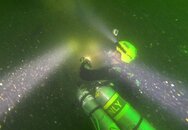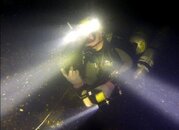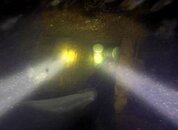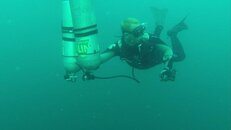With all due respect this is not an accurate statement.
SOME Technical Certs, for example -cave certification requires configuration specific training. Both the NSS and NACD will train cavern or intro in a single back mount, but basic, apprentice, and full cave requires a config specific to either back mount doubles, or sidemount and/or CCR, each is a separate cert, shortened if the original cert in Full Cave is earned in a different configuration.
My further understanding is PADI, TDI and IANTD require a Tec-Sidemount cert before side mounting for deco procedures and Trimix Tec ratings.
Dan
PADI does not require a TecSidemount cert, or even a Sidemount cert, before undertaking TecDeep or Trimix in Sidemount config. Requirement is that you are proficient in the rig! The certs can be an accelerated method of becoming proficient over figuring it out for yourself, but are in no way required.
You do have to be a Sidemount Instructor before teaching students at the TecDeep level if they are in Sidemount config, regardless of your experience, or even whether you yourself are in sidemount at the time. If your students are in sidemount, you must be a Sidemount Instructor.
theskull








